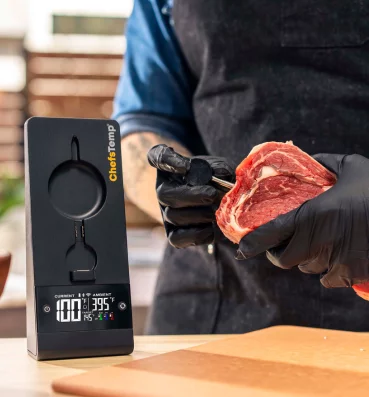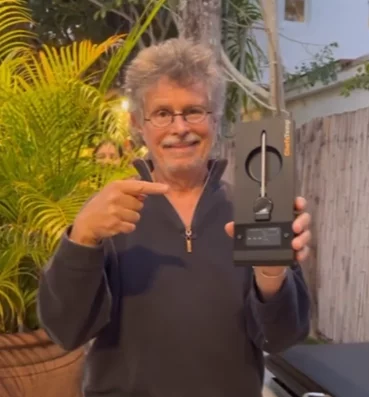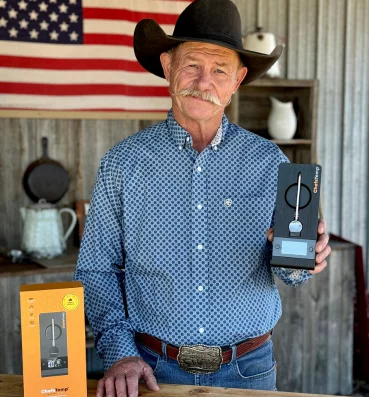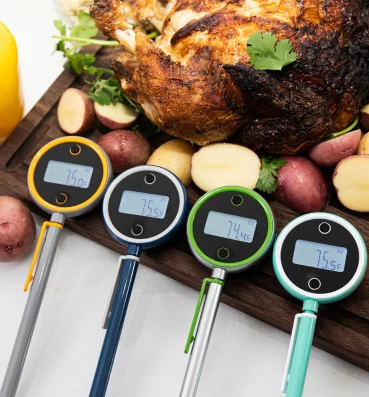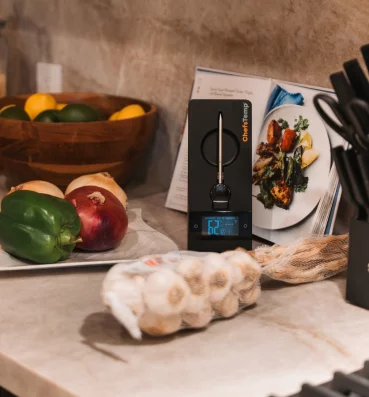An IP rating is a common added feature for electronic thermometers, particularly electronic cooking thermometers. It is a standard for rating instruments based on their ability to protect their electronic components from corrosion by water or dust created by the International Electrotechnical Commission (IEC). The International Protection Rating code (or IP code) consists of the letters “IP” followed by two numbers.
The first number tells you how protected an instrument’s electronics are from penetration by solids (like dust) and the second number tells you how they stand up against liquids according to the following table:
| First number: Protection against solid objects | Second number: Protection against liquids | ||
|---|---|---|---|
| 0 | No protection | 0 | No protection |
| 1 | Protected against solids objects over 50 mm (e.g. accidental touch by hands) | 1 | Protected against vertically falling drops of water |
| 2 | Protected against solids objects over 12 mm (e.g. fingers) | 2 | Protected against direct sprays up to 15° from the vertical |
| 3 | Protected against solids objects over 2.5 mm (e.g. tools and wires) | 3 | Protected against direct sprays up to 60° from the vertical |
| 4 | Protected against solids objects over 1 mm (e.g. tools, wires and small wires) | 4 | Protected against sprays from all directions – limited ingress permitted |
| 5 | Protected against dust – limited ingress (no harmful deposit) | 5 | Protected against low pressure jets of water from all directions – limited ingress permitted |
| 6 | Totally protected against dust | 6 | Protected against strong jets of water e.g. for use on ship decks – limited ingress permitted |
| 7 | Protected against the effects of temporary immersion between 15 cm and 1 m. Duration of test 30 minutes | ||
| 8 | Protected against long periods of immersion under pressure |
